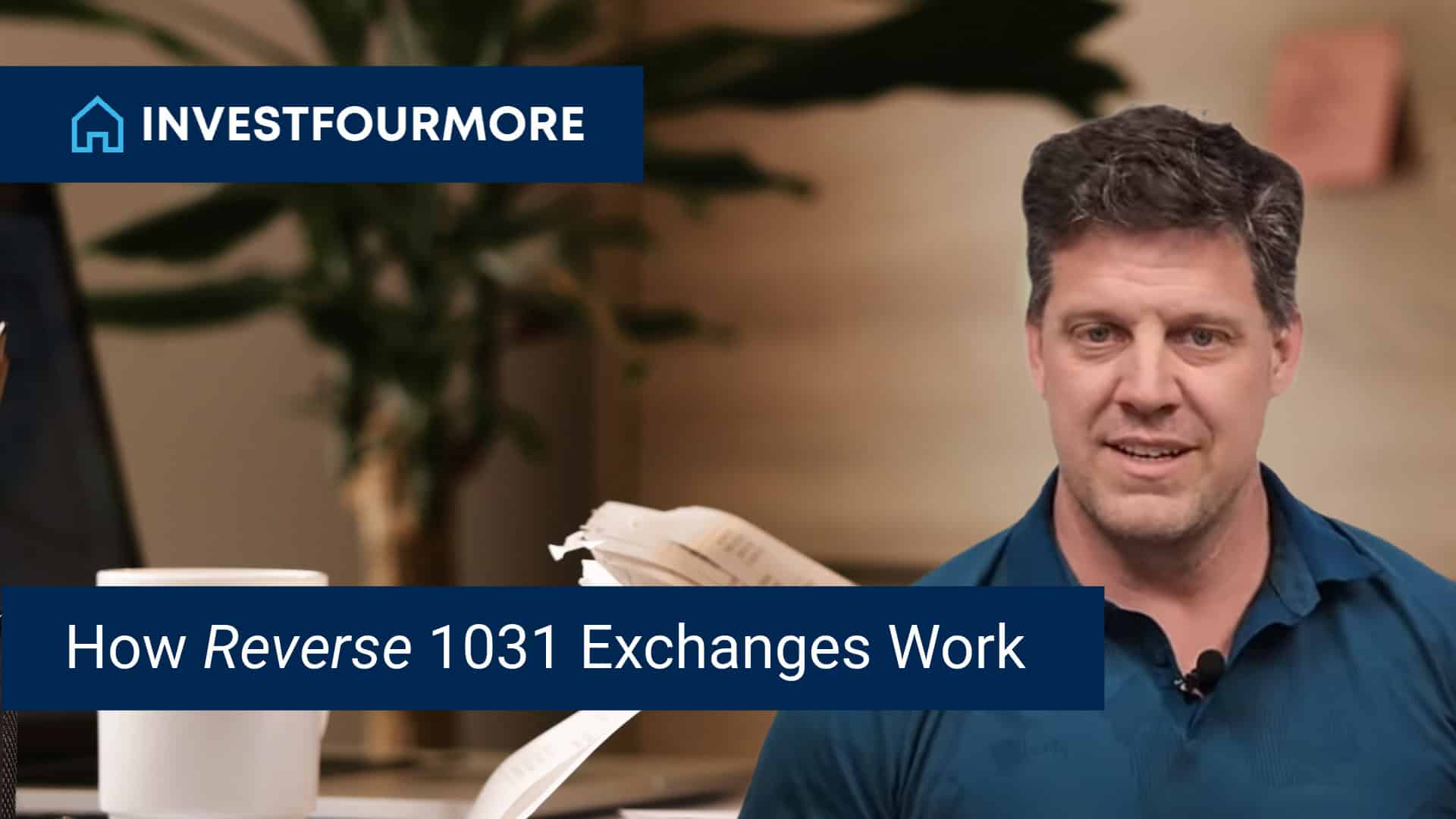

When it comes to real estate investing, the 1031 exchange is a powerful tool for deferring capital gains taxes. But did you know there’s a variation of this strategy called the Reverse 1031 Exchange?
Imagine you find a great deal on an investment property that you don’t want to miss, but you haven’t sold your current property yet. Don’t miss the deal! A Reverse 1031 Exchange allows you to secure the new property while deferring capital gains taxes on the eventual sale of your existing one.
If you’re not familiar with it, this article will provide you with a detailed understanding of how reverse exchanges work, their benefits, and some key considerations to keep in mind.
Disclaimer: A 1031 exchange has many rules and regulations and you have to make sure you complete the exchange correctly to avoid a large tax bill from the IRS. I am not an accountant or an attorney, please consult your attorney or accountant for any specific tax or legal advice.
What is a Reverse 1031 Exchange?
A reverse 1031 exchange allows you to acquire a new property before selling your current investment property.
This is particularly useful in a hot real estate market where you find an ideal replacement property before you can sell your existing property.
In a traditional 1031 exchange, the process is straightforward: sell your property first, then use the proceeds to purchase a new one. But in a reverse exchange, the sequence is reversed, offering investors flexibility but also adding complexity.
How does this compare to a regular 1031? How 1031 Exchanges Work with Rental Properties
How Does a Reverse 1031 Exchange Work?
Here’s a step-by-step breakdown of a reverse 1031 exchange:
- Identify the Replacement Property: You find and decide to purchase the replacement property.
- Engage a Qualified Intermediary (QI): Before closing on the replacement property, you must engage a QI who will facilitate the exchange process.
- Create an Exchange Accommodation Titleholder (EAT): The QI sets up an EAT, which temporarily holds the title to the new property.
- Close on the Replacement Property: The EAT purchases the new property using funds provided by the investor.
- Identify the Relinquished Property: Within 45 days of acquiring the new property, you must identify the property you intend to sell.
- Sell the Relinquished Property: You have 180 days from the acquisition of the replacement property to complete the sale of your current property.
- Complete the Exchange: Once the relinquished property is sold, the proceeds are transferred to the EAT, who then transfers the title of the replacement property to you.
Benefits of a Reverse 1031 Exchange
- Market Flexibility: Allows you to secure a desirable property without the pressure of selling your existing property first.
- Time Efficiency: Reduces the risk of being unable to find a suitable replacement property within the IRS’s strict deadlines.
- Tax Deferral: Like a traditional 1031 exchange, it allows you to defer capital gains taxes, freeing up more capital for investment.
1031 Exchange Savings Calculator
Key Considerations
- Financing Challenges: Financing a reverse exchange can be tricky since you’ll need funds to purchase the replacement property before selling the old one.
- Higher Costs: Reverse exchanges tend to be more expensive due to the involvement of QIs and the complexity of the transaction.
- Strict Deadlines: The IRS mandates strict 45-day and 180-day deadlines, similar to traditional 1031 exchanges, which must be adhered to avoid tax penalties.
Conclusion
Reverse 1031 exchanges can be a valuable tool for real estate investors looking to upgrade or diversify their portfolios without the immediate pressure of selling their current properties. However, the process is complex and requires careful planning and coordination with experienced professionals.
As always, feel free to reach out with any questions or to discuss how we can assist you with your real estate investment journey. Happy investing!

